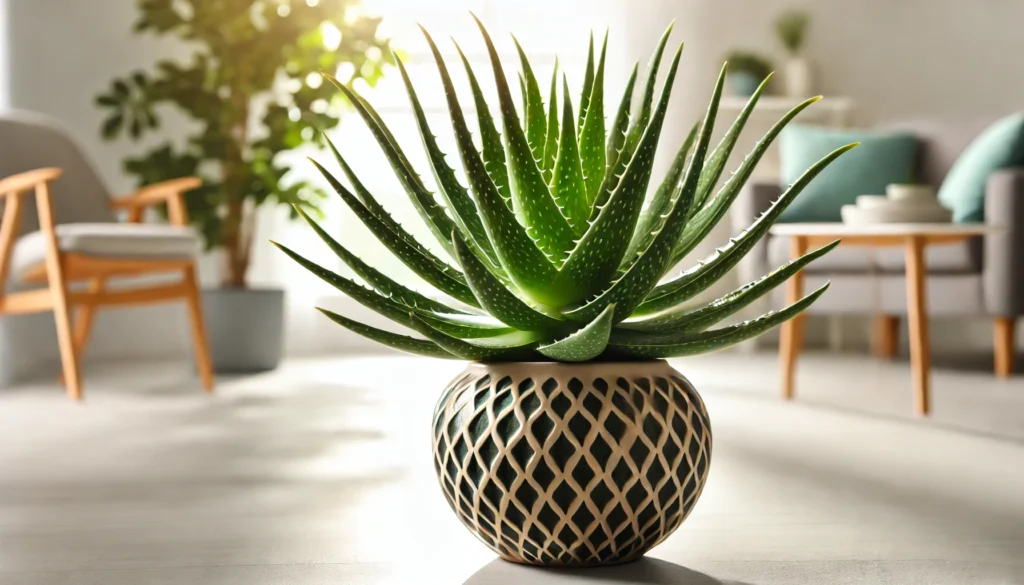
Gerbera Daisy (Gerbera jamesonii) is a popular flowering plant known for its bright, bold blooms that can light up any garden or indoor space. This perennial plant, often treated as an annual in cooler climates, features large, daisy-like flowers in a spectrum of colors, including red, pink, yellow, orange, and white. Gerbera Daisies can grow up to 1-2 feet (30-60 cm) tall and 1 foot (30 cm) wide, making them a stunning addition to garden beds, borders, or containers.
History and Ideal Growing Conditions
Native to South Africa, Gerbera Daisy was first discovered in the late 19th century and has since become one of the most beloved ornamental flowers worldwide. These plants were named after the German botanist Traugott Gerber and have been extensively cultivated for their wide range of colors and long-lasting blooms.
Gerbera Daisies thrive in warm climates and are best suited for USDA hardiness zones 8-11. They prefer full sun, but in hotter regions, some afternoon shade can help prevent the flowers from scorching. Well-drained soil is essential for these plants, as they are prone to root rot in waterlogged conditions. In regions with cooler winters, Gerbera Daisies can be grown as annuals or in containers that can be brought indoors.
Toxicity and Pets
Gerbera Daisies are non-toxic to pets, making them a safe and attractive option for gardens and homes where pets are present. You can enjoy their vibrant blooms without worrying about potential harm to your furry friends.
Best Practices for Caring for Gerbera Daisy
Caring for Gerbera Daisies requires attention to detail, but with the right care, they will reward you with abundant blooms.
Watering and Humidity: Gerbera Daisies need consistent moisture, especially during the growing season. Water them deeply when the top inch (2.5 cm) of soil feels dry, ensuring that the water reaches the roots. However, be careful not to overwater, as this can lead to root rot. In regions with high humidity, ensure good air circulation around the plants to prevent fungal diseases.
Soil, Light, and Temperature: These plants prefer well-draining, sandy or loamy soil with a slightly acidic to neutral pH (6.0-7.0). Gerbera Daisies need plenty of sunlight to thrive, ideally 6-8 hours of direct sunlight each day. They are best grown in temperatures between 65°F and 75°F (18°C to 24°C) but can tolerate temperatures down to 30°F (-1°C) for short periods. In colder regions, mulch the plants heavily in winter or move container-grown plants indoors.
Fertilizing: Gerbera Daisies benefit from regular feeding during their growing season. Use a balanced, water-soluble fertilizer every two weeks to promote healthy growth and vibrant blooms. Avoid fertilizers with high nitrogen content, as this can lead to excessive leaf growth at the expense of flowers.
Common Problems and Remedies
Gerbera Daisies are generally hardy, but they can encounter a few issues:
- Root Rot: Prevent root rot by ensuring the soil is well-draining and avoiding overwatering. Raised beds or containers with good drainage are ideal.
- Powdery Mildew: This fungal disease can appear in high humidity or poor air circulation. Treat affected plants with fungicide and improve air flow by spacing plants appropriately.
- Aphids and Spider Mites: These pests can be a nuisance. Use insecticidal soap or neem oil to keep them at bay.
Pruning and Maintenance
Pruning Gerbera Daisies is essential to encourage continuous blooming and maintain the plant’s overall health.
Tools Needed: Use sharp, clean pruning shears. Always sanitize your tools before and after use to prevent the spread of disease.
Identify Areas to Trim: In early spring, trim away any dead or damaged leaves from the previous season. Cut the stems of spent flowers back to the base to encourage new blooms.
Deadheading: Regularly deadhead spent flowers by cutting the stem down to the base. This practice prevents the plant from putting energy into seed production and promotes more blooms.
Prune Leggy Growth: If the plant becomes leggy, trim back the stems by one-third to promote a more compact growth habit.
Remove Damaged or Diseased Leaves: Regularly inspect the plant for damaged or diseased leaves and remove them promptly to prevent the spread of disease.
Shape the Plant: While Gerbera Daisies typically maintain a neat shape, light pruning can help control their size, especially in containers.
Post-Pruning Care: After pruning, water the plant thoroughly and apply a light mulch to help retain moisture and protect the roots.
Propagation and Benefits
Gerbera Daisies can be propagated by seed, division, or cuttings. Division is the most straightforward method and should be done in the spring or fall. Carefully dig up the plant, divide the root clump into smaller sections, and replant them at the same depth. Propagation by seed is also possible but requires patience, as the seeds can take a few weeks to germinate.
These plants not only add vibrant color to gardens but also attract pollinators like bees and butterflies. They are popular in cut flower arrangements due to their long vase life, making them a versatile choice for both garden and home.
Final Thoughts
Gerbera Daisies are a delightful addition to any garden, offering bright, cheerful blooms that can last from spring through fall with proper care. Whether planted in garden beds, borders, or containers, these flowers are sure to bring joy and color to your outdoor spaces. With their non-toxic nature and relatively low-maintenance requirements, Gerbera Daisies are perfect for gardeners of all levels.



